Uses of Concrete in Construction and Why It Remains the Most Popular Building Material
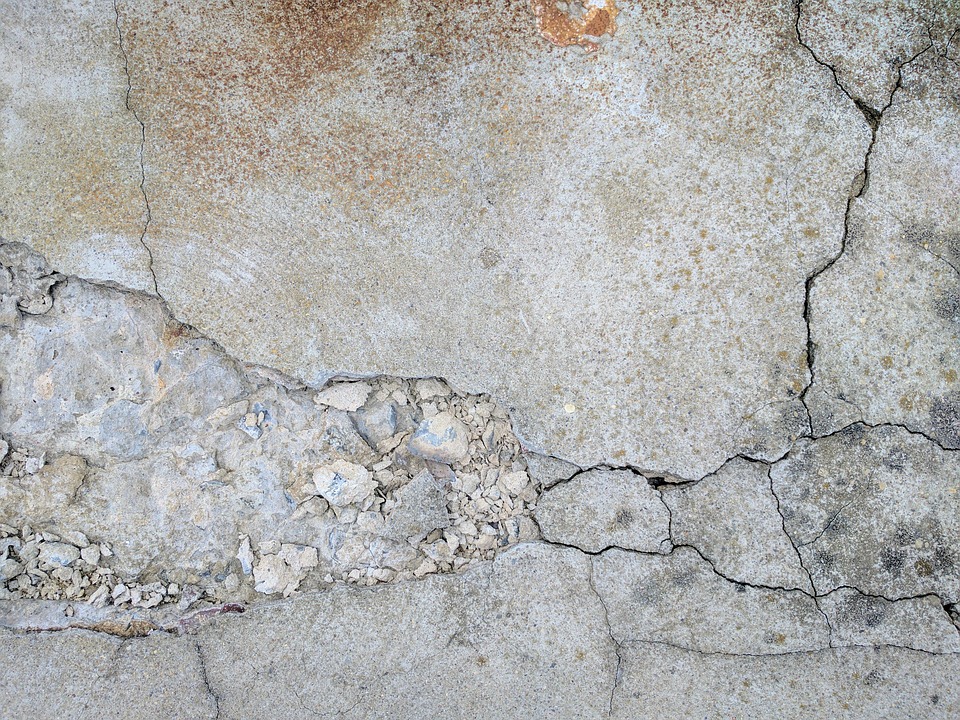 Concrete is the single most widely used construction material in the world. This basic mix of sand, gravel aggregate, and water has been the base of some of man’s most impressive architectural constructions since the Egyptians, the Romans, and perhaps even further back. You can shape absolutely anything out of concrete, the design possibilities are endless.
Concrete is the single most widely used construction material in the world. This basic mix of sand, gravel aggregate, and water has been the base of some of man’s most impressive architectural constructions since the Egyptians, the Romans, and perhaps even further back. You can shape absolutely anything out of concrete, the design possibilities are endless.
Concrete has a lot to offer as a construction material as it can emulate traditional stone motifs, or it can be used to create modern new-build properties. It makes long-term projects easier, aesthetically-pleasing, and safe. The unique combination of function, strength, and aesthetics make it the most popular building material.
Why is Concrete So Popular in Construction?
It has the impressive ability to gain strength over time. It is able to remain high-quality with little need of reconstruction or maintenance, making it one of the most popular materials in the construction industry. With double the lifespan of other building materials, such as wood or plastics, concrete has numerous long-term applications.
The Benefits in Construction
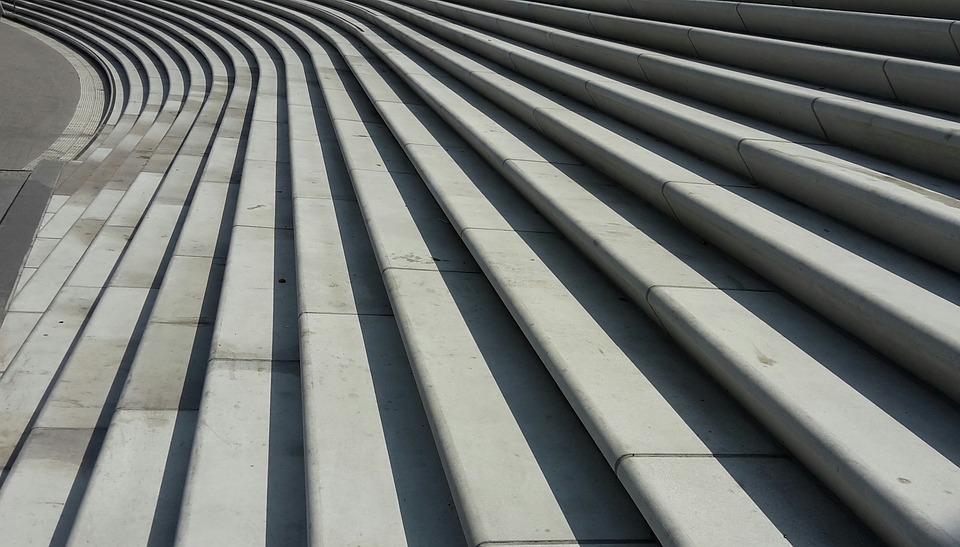 Concrete has been one of the most popular building materials for hundreds of years. The concrete industry continues to boom, and when you consider the benefits it’s easy to understand why.
Concrete has been one of the most popular building materials for hundreds of years. The concrete industry continues to boom, and when you consider the benefits it’s easy to understand why.
- Concrete coarse aggregates are widely available
- Allows for highly efficient buildings
- Permits heat retention and absorption
- Foundations and walls are sturdier and more durable
- Lower operational costs
- Ease of maintenance
- Fire resistance allows for fewer accidents
- More stability in case of natural disasters
- Higher protection against the elements
- Rot resistant and aids in the control of allergens
The Cost Compared to Other Materials
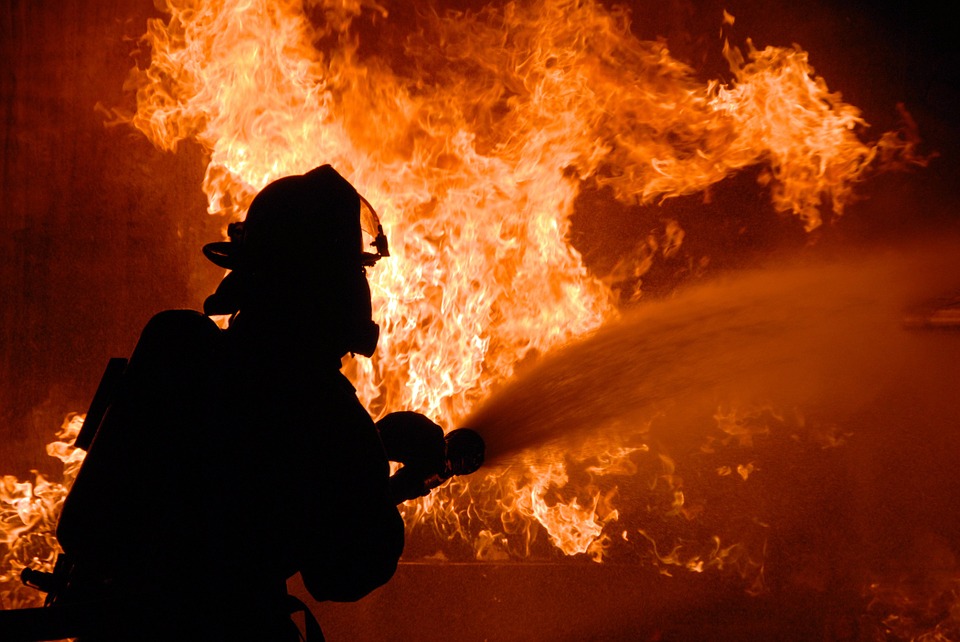 Prices of construction materials are constantly fluctuating. However, concrete is and remains one of the most cost-efficient building materials. Despite fluctuations in the economy and changes in demand, the price of concrete remains steady, even if prices of other materials may change.
Prices of construction materials are constantly fluctuating. However, concrete is and remains one of the most cost-efficient building materials. Despite fluctuations in the economy and changes in demand, the price of concrete remains steady, even if prices of other materials may change.
Of course, it is important with your own construction project to consider concrete cost for your specific requirements. There are many variables that need to be considered, including the grade, the finishing costs, and surface preparation costs. If you underestimate these, there could be several unexpected expenses during the construction stage. So, it is important to keep in mind the cost of every aspect of your project.
How Safe is Concrete as a Building Material?
Many people ask how safe it is as a building materials and whether it really is the best option for their project. Well, to set any fears to rest, it is seen as one of the safest building materials. Alfred G. Gerosa, president of the Concrete Alliance Inc., New York City says:
“Cast-in-place reinforced concrete offers outstanding resistance to explosion and/or impact. Moreover, it can endure very high temperatures from fire for a long time without loss of structural integrity.”
It doesn’t require any additional fireproofing treatments to meet the strict fire codes, and remains strong and long-lasting even in the face of natural or manmade disasters.
- It does not burn
- It has a high resistance to fire and can stop fire spreading
- It does not produce any smoke or toxic gas
- Works as an effective dire shield, providing safe means of escape
- It can resist extreme fire conditions
- It reduces the risk of structural collapse
- It is easy to repair after a fire
- It is not damaged by water used to quench a fire
Concrete is Resistant to External Events
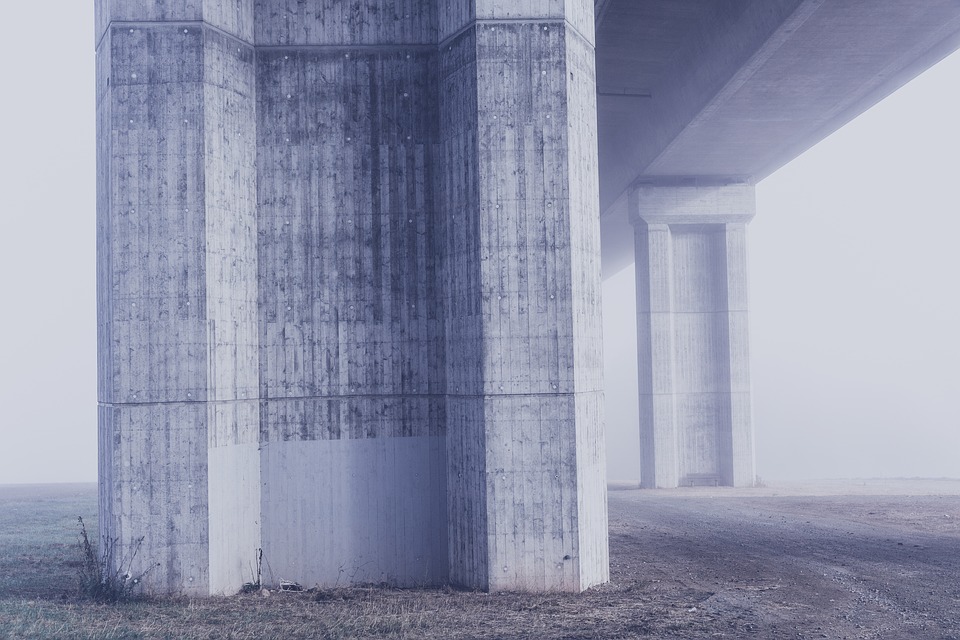 Concrete has the astounding ability to absorb energy from shocks. This makes it resistant to extreme weather conditions or external manmade events. A construction material renowned for its heaviness, strength, and mass, it is the ideal construction material. Able to resist winds of more than 200 miles per hour, it even performs well under flying debris.
Concrete has the astounding ability to absorb energy from shocks. This makes it resistant to extreme weather conditions or external manmade events. A construction material renowned for its heaviness, strength, and mass, it is the ideal construction material. Able to resist winds of more than 200 miles per hour, it even performs well under flying debris.
Concrete is able to resist significant force from break-ins and break-outs and even serious impacts – from jet planes, for example. Therefore, it is seen as one of the most resistant building materials, perfect for almost any construction project.
The Service Life of Concrete Structures and Buildings
Service life refers to the period of time a building can be expected to withstand normal conditions, if it is properly maintained. If it is correctly constructed and properly installed, its service life should be a minimum of 50 years and up to a maximum of 200 years. When it comes to concrete in construction, there is a 95% likelihood that the designed service life will be reached.
Requires Very Little Maintenance
One of the many benefits of concrete is that it requires very little maintenance. While it needs to be inspected regularly for any issues, a regular wash down with soapy water is sufficient maintenance. Installed indoors, it will last almost indefinitely. Outdoors, it will last less time as it will be susceptible to environmental changes and perhaps even vandalism. If surfaces are painted, they will require re-painting on an ongoing basis. However, the concrete itself will last for many decades.
6 of the Most Popular Uses of Concrete
There are many popular uses, but we thought we’d name six of the most common. There are so many aspects of our lives that are supported by the strong foundation of concrete, that we tend to overlook it a lot of the time. However, it is extremely popular and beneficial for a number of practical uses, transforming the function of our every day lives.
1. Durable and Long-lasting Driveways
As we’ve already mentioned in this article, concrete can withstand significant impact, lasting for a long time under extensive pressure. This durable building material is one of the most common used for the construction of driveways. Having a concrete driveway can increase the resale value of your home as these driveways are known for lasting for long periods of time. What’s more, if you want to add some character to your home, why not add colour to your concrete and give your driveway a unique look that compliments your individual style?
2. Pavements Offer Safe Walk Spaces
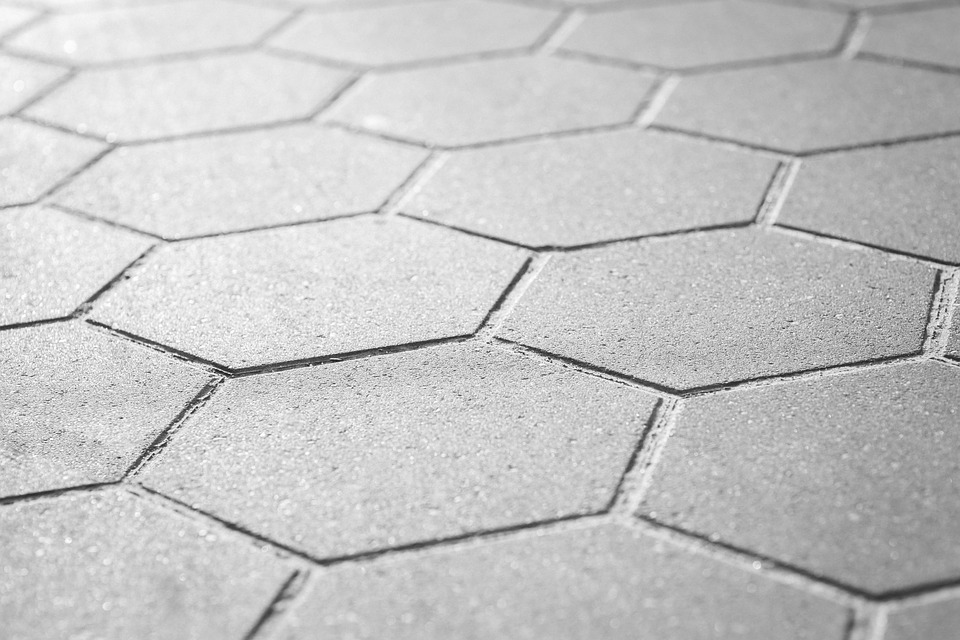 It is important pedestrians have safe walkways they can rely on to connect them through neighbourhoods or cities. Concrete pavements are extremely common and are perfect for any and all use, whether walking the kids’ to school or going out for a run. Concrete forms are stronger than any other building material and as a result it can withstand the heavy footfall of high-traffic areas such as city centres, railway stations, and parking without weakening.
It is important pedestrians have safe walkways they can rely on to connect them through neighbourhoods or cities. Concrete pavements are extremely common and are perfect for any and all use, whether walking the kids’ to school or going out for a run. Concrete forms are stronger than any other building material and as a result it can withstand the heavy footfall of high-traffic areas such as city centres, railway stations, and parking without weakening.
3. Durable Roads that Withstand Heavy Traffic
Roads are one of the world’s main transport networks. In the UK’s cities, our roads are used for transport more than anything else, so it’s important they can withstand years of heavy use. Roads built offer strength from concrete and durability, only getting stronger with time. Perfect for busy city areas, quiet country roads, congestion zones and more, concrete holds up to its name and provides durable roads that can withstand heavy traffic every day of the year.
4. Long-Lasting Parking Lots
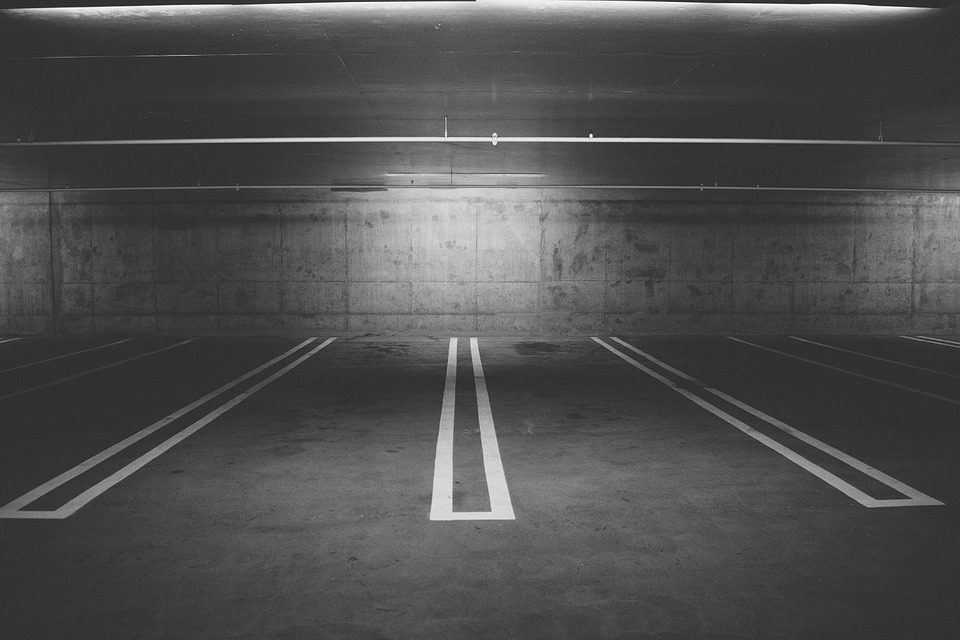 As we’ve already mentioned, concrete is an extremely long-lasting and durable building material that can withstand significant impacts. That’s why concrete is the most popular material for use in parking lots. There are plenty of benefits to using concrete in parking lots, such as better lighting, reduced material cost, and improved aesthetics. However, perhaps the most significant is that it provides you a safe space to park your car for decades.
As we’ve already mentioned, concrete is an extremely long-lasting and durable building material that can withstand significant impacts. That’s why concrete is the most popular material for use in parking lots. There are plenty of benefits to using concrete in parking lots, such as better lighting, reduced material cost, and improved aesthetics. However, perhaps the most significant is that it provides you a safe space to park your car for decades.
5. Provides a Firm Foundation
When installing the foundation of a building, the most important thing to get right is its firmness and tensile strength. Concrete is the best material to use for building foundations as it is strong and durable and will never burn or rot. What’s more, having a concrete foundation in your home helps protect your property against severe weather conditions and man-made impacts.
6. The Best Material for Mid and High-Rise Buildings
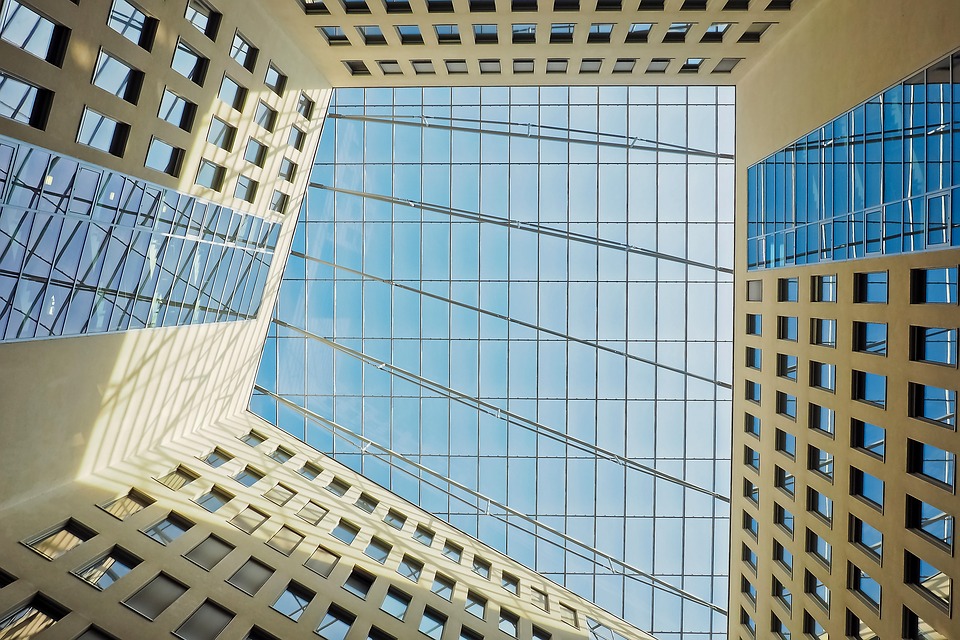 When constructing mid or high-rise buildings, it is essential to ensure the safety of everyone who will live or work there by using the best materials available. Concrete is known to be the safest and most durable option and it offers better energy-efficiency, security, and durability than any other material. If you want to find the best material for your building construction, look no further than concrete.
When constructing mid or high-rise buildings, it is essential to ensure the safety of everyone who will live or work there by using the best materials available. Concrete is known to be the safest and most durable option and it offers better energy-efficiency, security, and durability than any other material. If you want to find the best material for your building construction, look no further than concrete.
The Tools You Need for Concrete Construction
There are numerous tools you need to ensure you can achieve a professional finish that will last for years to come. When it come to mixing and pouring, you need to be prepared to move quickly. Concrete sets fast, so if you’re using it in your construction project, it’s important you have all the tools you need ready straight away. Some of the most important pieces of equipment you’ll need are:
- Cement mixers.
- Wheelbarrows for transporting mixture.
- Waterproof work boots that will prevent any contact with your skin.
- Durable work gloves to prevent contact with your skin.
- Safety glasses.
- Compactors to help settle any stone or fine aggregates into position.
- Levels to ensure the surface is flat.
- Shovels to help distribute concrete around the job site.
- Rakes to move the freshly-poured concrete into place.
- Concrete vibrators to help release any trapped air pockets.
- Screeds to smooth concrete after it has been moved into place.
- Bull floats for levelling ridges and filling in any voids in.
- Kneeling boards to support your weight while you move along the surface.
Having the right tools for concrete construction is essential to ensure what you build lasts for many decades. With the right equipment, you can produce quality mixes and professional finishes for every construction project you carry out. At Mteevan Hire, we supply our customers with a range of concrete and compaction tools to help provide you with that perfect finish every time.
Complete your projects faster than ever before with quick-set concrete.
